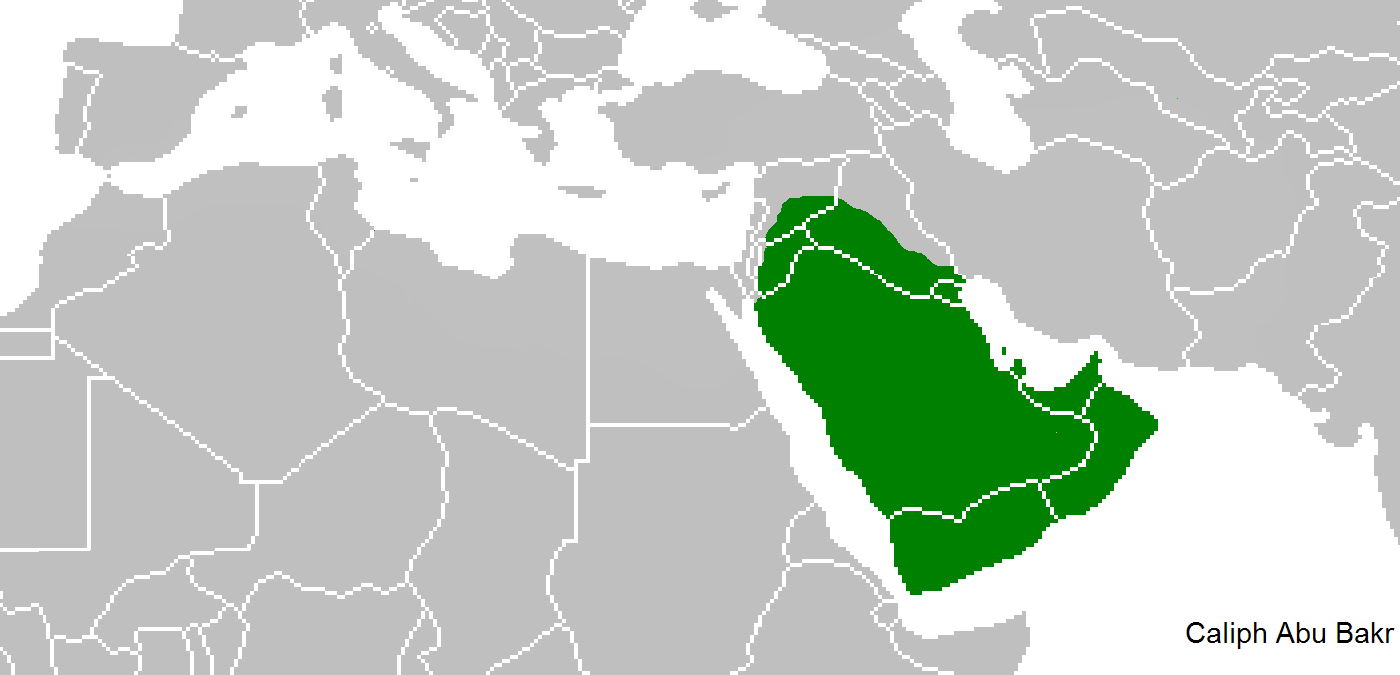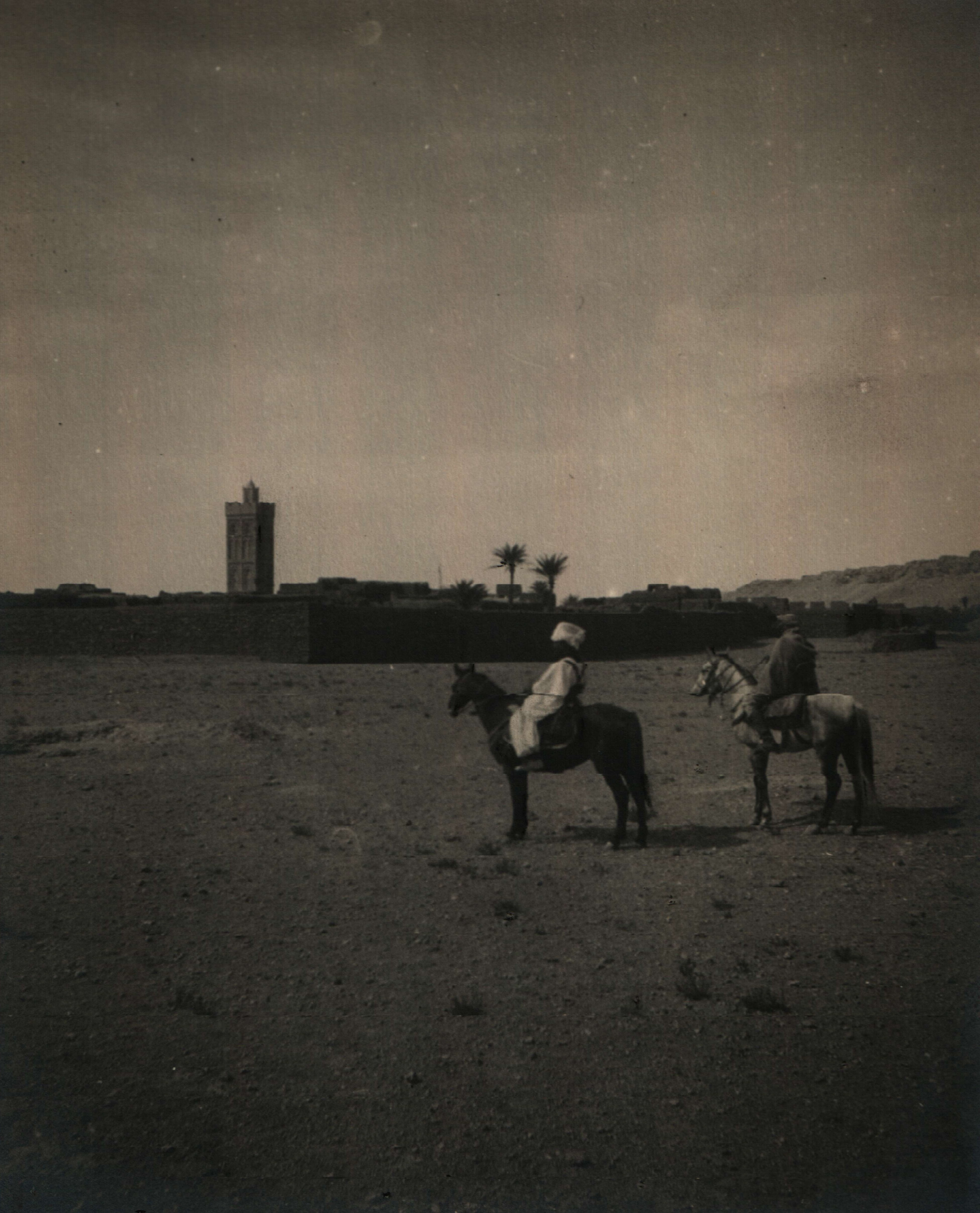|
Muhammad Ibn Al-Qasim (other)
Muhammad ibn al-Qasim (695–715) was an Arab military commander who led the Muslim conquest of Sind Muhammad ibn al-Qasim may also refer to: *Muhammad Bin Qasim Road, also known as Burns Road, a street located in Karachi, Sindh (Pakistan) *Port Muhammad Bin Qasim, also known as Port Qasim, deep-water seaport in Karachi, Sindh (Pakistan) * Muhammad ibn al-Qasim (Sahib al-Talaqan) (fl. 834), Zaydi imam *Muhammad ibn al-Qasim (vizier), served briefly as a vizier in 933 under the Abbasid caliph al-Qahir (r. 932–934) *Muhammad ibn al-Qasim (emir of Algeciras), proclaimed emir of Algeciras in 1039 *Muḥammad ibn al-Ḳāsim al-Nuwayrī al-Iskandarānī Muḥammad ibn al-Ḳāsim al-Nuwayrī al-Iskandarānī al-Mālikī (fl. 1365–1373) was a Muslim historian and native of Alexandria in the tradition of secular local historiography. He wrote a three-volume history ostensibly of the Cypriot-led c ... (fl. 1365–1373), Muslim historian born in Alexandria (Egypt) * Muhammad Bin Al-Q ... [...More Info...] [...Related Items...] OR: [Wikipedia] [Google] [Baidu] |
Muhammad Ibn Al-Qasim Al-Thaqafi
Muḥammad ibn al-Qāsim al-Thaqāfī ( ar, محمد بن القاسم الثقفي; –) was an Arab military commander in service of the Umayyad Caliphate who led the Muslim conquest of Sindh (part of modern Pakistan), inaugurating the Umayyad campaigns in India. His military exploits led to the establishment of the Islamic province of Sindh, and the takeover of the region from the Sindhi Brahman dynasty and its ruler, Raja Dahir, who was subsequently decapitated with his head sent to al-Hajjaj ibn Yusuf in Basra. With the capture of the then-capital of Aror by Arab forces, Muhammad ibn al-Qasim became the first Muslim to have successfully captured land, which marked the beginning of Muslim rule in India. Muhammad ibn al-Qasim belonged to the Banu Thaqif, an Arab tribe that is concentrated around the city of Taif in western Arabia. After the Muslim conquest of Persia, he was assigned as the governor of Fars, likely succeeding his uncle Muhammad ibn Yusuf al-Thaqafi. From 7 ... [...More Info...] [...Related Items...] OR: [Wikipedia] [Google] [Baidu] |
Burns Road
Burns Road (also spelled Burnes Road, and formally known as Muhammad Bin Qasim Road) is a street located in Karachi, Pakistan. It is well-known in the city for its many restaurants and street food vendors. History Burns Road was named after the Scottish doctor and spy, James Burnes, who worked in British India in 19th century. After the foundation of Pakistan, the name of street was officially changed to Muhammad Bin Qasim Road, after Arab military commander Muhammad bin Qasim. The street has restaurants that were founded in the 1940s. The street is considered a melting pot The melting pot is a monocultural metaphor for a heterogeneous society becoming more homogeneous, the different elements "melting together" with a common culture; an alternative being a homogeneous society becoming more heterogeneous throug ... and is home to people of different ethnicities, including Punjabi Saudagaran-e-Delhi, Memons, Gaddis, and Qureshi Baradri. Notable retailers * Fresco ... [...More Info...] [...Related Items...] OR: [Wikipedia] [Google] [Baidu] |
Port Qasim
The Port Muhammad Bin Qasim ( ur, ''Bandar-gāh Muhammad bin Qāsim''), or Qasim Port Authority ( ur, ), also known as Port Qasim, is a deep-water seaport in Karachi, Sindh, Pakistan, on the coastline of the Arabian Sea under the administrative control of the Secretary to the Government of Pakistan for Maritime Affairs. It is Pakistan's second busiest port, handling about 35% of the nation's cargo (17 million tons per annum). Port Qasim and Karachi Port, the busiest port of country, together handle more than 90% of all external trade of Pakistan. The port encompasses a total area of wherein many industrial zones operate. In addition to the Pakistan Steel Mills (PSM) and KESC Bin Qasim Power Plant, around 80% of the Pakistan's automotive industry is located at Port Qasim. The port also provides direct waterfront access to two major nearby industrial areas, Export Processing Zone (Landhi) and Korangi Industrial Area. Approximately 60% of country's export and import is orig ... [...More Info...] [...Related Items...] OR: [Wikipedia] [Google] [Baidu] |
Muhammad Ibn Al-Qasim (Sahib Al-Talaqan)
Muhammad ibn al-Qasim (), also known as Sahib al-Talaqan (), was an Alid who led an unsuccessful Zaydi revolt against the Abbasid Caliphate in Talaqan, in what is now northeastern Afghanistan. His full name is ''Muḥammad ibn al-Qāsim ibn ʿAlī ibn ʿUmar al-Ashraf ibn ʿAlī Zayn al-ʿĀbidīn ibn al-Ḥusayn ibn ʿAlī ibn Abī Ṭālib''. Ibn al-Qasim led an Alid rebellion in Talaqan in the year 219 AH (834 CE), during the days of the Abbasid Caliphate of Al-Mu'tasim. However, Al-Mu'tasim defeated and arrested him and carried him to Baghdad, detaining him in his palace. Shortly after, Muhammad was able to escape and was never heard of again.Al-Farq bayn al-Firaq, by Al-Isfirayini, p. 31 Some people believed that Ibn al-Qasim died or fled, while some of the Shiites believed he was alive and would reappear and that he was the Mahdi. See also *List of fugitives from justice who disappeared This is a list of fugitives from justice, notable people who disappea ... [...More Info...] [...Related Items...] OR: [Wikipedia] [Google] [Baidu] |
Muhammad Ibn Al-Qasim (vizier)
Muhammad ibn al-Qasim () was an official of the Abbasid Caliphate who served briefly as vizier in July–October 933 under Caliph al-Qahir (r. 932–934). He hailed from a family of Nestorian Christian origin that had served in the caliphal bureaucracy since late Umayyad times, and was the son, grandson, great-grandson and brother A brother is a man or boy who shares one or more parents with another; a male sibling. The female counterpart is a sister. Although the term typically refers to a familial relationship, it is sometimes used endearingly to refer to non-familia ... of viziers. Sources * * 9th-century births 10th-century deaths Viziers of the Abbasid Caliphate Banu Wahb {{Islam-bio-stub 9th-century Arabs 10th-century Arabs ... [...More Info...] [...Related Items...] OR: [Wikipedia] [Google] [Baidu] |
Muhammad Ibn Al-Qasim (emir Of Algeciras)
Muḥammad ibn al-Qāsim al-Thaqafī ( ar, محمد بن القاسم الثقفي; –) was an Arab military commander in service of the Umayyad Caliphate who led the Muslim conquest of Sindh (part of modern Pakistan), inaugurating the Umayyad campaigns in India. His military exploits led to the establishment of the Islamic province of Sindh, and the takeover of the region from the Sindhi Brahman dynasty and its ruler, Raja Dahir, who was subsequently decapitated with his head sent to al-Hajjaj ibn Yusuf in Basra. With the capture of the then-capital of Aror by Arab forces, Muhammad ibn al-Qasim became the first Muslim to have successfully captured Hindu land, which marked the beginning of Muslim rule in South Asia. Muhammad ibn al-Qasim belonged to the Banu Thaqif, an Arab tribe that is concentrated around the city of Taif in western Arabia. After the Muslim conquest of Persia, he was assigned as the governor of Fars, likely succeeding his uncle Muhammad ibn Yusuf al-Th ... [...More Info...] [...Related Items...] OR: [Wikipedia] [Google] [Baidu] |
Taifa Of Algeciras
The Taifa of Algeciras () was a medieval Muslim taifa kingdom in what is now southern Spain and Gibraltar, that existed from 1035 to 1058. History The '' taifa'' was created in 1013, in the wake of the disintegration of the caliphate of Córdoba which began after 1009. When Sulayman ibn al-Hakam took control of the caliphate, he gave Algeciras to the Hammudids, a dynasty who had helped him in gaining the power. The first king of Algeciras was al-Qasim al-Ma'mun, who later was also caliph. His cousin Yahya al-Mu'tali annexed Algeciras to the taifa of Málaga in 1035. In 1039 Muhammad ibn al-Qasim, son of al-Qasim, was proclaimed emir of Algeciras. In 1055 al-Mu'tamid ibn Abbad, lord of Seville, appeared under Algeciras' walls, forcing Muhammad to leave the taifa, which was annexed to that of Seville. Following its conquest, the kings of Spain (such as Philip IV) sometimes included the kingdom of Algeciras among their titles. List of Emirs * Muhammad ibn al-Qasim: 1035� ... [...More Info...] [...Related Items...] OR: [Wikipedia] [Google] [Baidu] |
Muḥammad Ibn Al-Ḳāsim Al-Nuwayrī Al-Iskandarānī
Muḥammad ibn al-Ḳāsim al-Nuwayrī al-Iskandarānī al-Mālikī (fl. 1365–1373) was a Muslim historian and native of Alexandria in the tradition of secular local historiography. He wrote a three-volume history ostensibly of the Cypriot-led crusade that sacked his city in October 1365, to which he was an eyewitness. In fact, as his contemporary Ibn Ḥajar al-ʿAsḳalānī noted, the ''Kitāb al-Ilmām fīmā jarat bihi ʾl-aḥkām al-maḳḍiyya fī wāḳiʿat al-Iskandariyya'' mostly meanders through the earlier history of the city, leaving little room for the crusade with which he begins. It includes the story of Alexander the Great and Aristotle, and even many events unrelated to the city. It was written between AH 767 ( AD 1365–56) and 775 (1373–74). The dates of al-Nuwayrī's birth and death are unknown.See and , but , places his death in Alexandria in 1372. There is a manuscript copy of al-Masʿūdī's ''Murūj'' in al-Nuwayrī's handwriting. The ''Kitāb ... [...More Info...] [...Related Items...] OR: [Wikipedia] [Google] [Baidu] |
Muhammad Bin Al-Qasim Al-Qundusi
Muhammad Bin Al-Qāsim al-Qundūsi ( ; born c. 1790 – died 1861) was an Algerian Sufi calligrapher and scholar who was born in Qanaadasa in southwest Algeria. Biography Al-Qundusi was born in Qanaadasa in 1790 in southwest Algeria. In 1828, he migrated to Fes, where he lived and had a ''hanout'' in the herb market, in which he sold herbs. He lived in relative obscurity, though those who knew him described him as gnostic, saintly, esoterically knowledgeable, and spiritually insightful. He wrote many books and transcribed a number of '' dawawin'', or collected works. He conferred upon the Moroccan Alawite Sultan Sliman a degree in knowledge of the '' Dala'il al-Khayrat'', a seminal Sufi text composed by the 15th-century Muhammad al-Jazuli. al-Qundusi passed away in 1861. He was a Sufi associated with the Qadiri and Nasiri orders. Calligraphy He was a talented calligrapher, specializing in a flamboyant style of the Maghrebi script that he innovated. He also creat ... [...More Info...] [...Related Items...] OR: [Wikipedia] [Google] [Baidu] |


